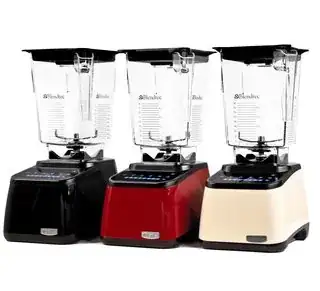I currently don't have a blender after purchasing my own home and am looking to get one for making smoothies primarily, but also for pureeing for soups, etc.
I had a smoothie maker that I won as a prize; it was very obviously a cheap unit. It barely handled frozen fruit and yogurt. Ice cream and frozen fruit burned up the motor.
I am aware of the extreme "Home Improvement"-style "Binford-3000" Blendtec blenders (also as proposed in this question) but they are extremely expensive and I don't plan on incorporating cell phones or garden rakes into my smoothies.
What should I look for to get a quality blender? I don't want to purchase an inexpensive one three or four times in the next few years. I'd prefer one that will last a long time and prove to be a good kitchen tool.
Edit:
In shopping for blenders, it seems that most seem to be between $30 and $150. Obviously there are some questionably cheap ones and many that exceed that range. So for the purposes of this question, assume that range to be the budget.

